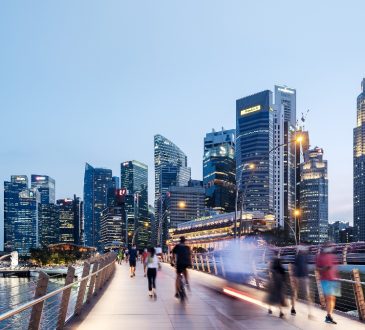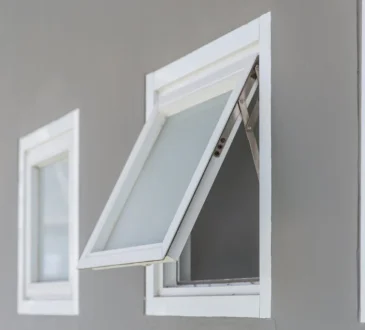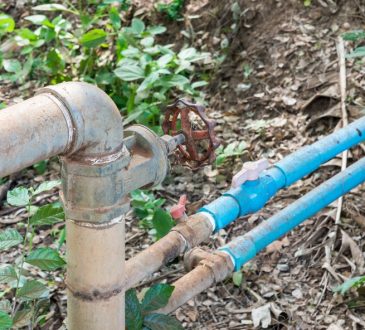The Silent Guardian: Why Your Roof’s Waterproof Membrane Is Nature’s Most Ingenious Architectural Adaptation

In the magnificent symphony of architectural engineering, waterproofing for roofs emerges as perhaps the most crucial yet underappreciated element protecting our built environments. Like the waxy cuticle that shields a leaf from excessive moisture loss, or the intricate feather structure that keeps seabirds dry amidst ocean storms, a properly waterproofed roof represents humanity’s attempt to mirror nature’s most sophisticated protective mechanisms.
The Biological Blueprint: Understanding Roof Protection Systems
Nature has spent millions of years perfecting waterproof barriers. Consider the remarkable lotus leaf, whose microscopic surface structure repels water with extraordinary efficiency, or the penguin’s layered feather system that maintains thermal regulation in the harshest Antarctic conditions. Modern roof waterproofing systems operate on strikingly similar principles, creating multi-layered defences that channel water away from vulnerable substrates whilst maintaining structural integrity.
Contemporary roof waterproofing solutions employ sophisticated membrane technologies that function much like biological barriers. These systems recognise that water, like life itself, will always find the path of least resistance. The key lies not in absolute impermeability—an impossibility in dynamic environmental conditions—but in intelligent redirection and controlled permeability.
Tropical Adaptation: Singapore’s Waterproofing Ecology
Singapore’s unique climatic conditions present a fascinating case study in architectural adaptation. With annual rainfall exceeding 2,300mm and professional waterproofing contractors required to use materials that meet BCA standards, the island nation has developed waterproofing methodologies that rival the most sophisticated biological adaptations to tropical environments.
The monsoon seasons create conditions analogous to the challenging environments faced by rainforest canopy species. Regular maintenance and inspections every 4-5 years help prevent water damage and extend waterproofing lifespan up to 10 years, much like how tropical plants continuously renew their protective barriers to survive constant moisture exposure.
The Membrane Ecosystem: Modern Waterproofing Technologies
Modern waterproofing for roofs encompasses several distinct methodologies, each adapted to specific environmental pressures:
• Torch-on membrane systems that bond molecular-level barriers to substrate surfaces, creating seamless protective layers
• Liquid-applied membranes that cure into flexible, monolithic barriers capable of accommodating structural movement
• Cementitious waterproofing compounds that integrate protection directly into the building matrix
• Advanced polymer membranes offering enhanced UV resistance and thermal stability
In Singapore’s tropical climate, professional roof waterproofing typically lasts between 5-10 years, with torch-on membranes lasting up to 10 years, whilst liquid applied systems generally last 5-7 years. This variation reflects the complex interplay between material properties and environmental stresses—a relationship that mirrors evolutionary adaptations in biological systems.
The Monsoon Challenge: Seasonal Waterproofing Strategies
Singapore’s climate presents unique challenges that have shaped innovative approaches to roof protection. Professional roof washing and facade cleaning should be done at least once a year, ideally before the monsoon season, to prevent algae, moss, and dirt buildup that can trap moisture and accelerate roof deterioration.
This seasonal maintenance regime reflects a deeper understanding of how biological systems prepare for environmental challenges. Just as many species undergo seasonal adaptations—growing thicker coats before winter or storing nutrients before dry seasons—building waterproofing systems requires cyclical renewal to maintain optimal performance.
The interconnected nature of waterproofing systems becomes particularly evident during Singapore’s intense weather periods. Drainage systems, membrane integrity, and structural movement must function harmoniously, much like the coordinated physiological responses that enable organisms to survive environmental extremes.
Energy Efficiency and Ecological Integration
Contemporary waterproofing for roofs extends beyond mere water exclusion to encompass thermal regulation and energy efficiency. Reflective waterproof coatings and cool roof membranes reduce heat absorption, lowering indoor temperatures and air conditioning costs, with studies showing cool roofs can reduce energy consumption by up to 15% in tropical climates.
This integration of protection and performance mirrors nature’s elegant solutions, where single adaptations often serve multiple functions. The polar bear’s fur simultaneously provides waterproofing, thermal insulation, and buoyancy—a level of multifunctional efficiency that modern building systems strive to emulate.
The Future of Roof Protection: Biomimetic Innovation
Emerging waterproofing technologies increasingly draw inspiration from biological systems. Self-healing membranes that respond to micro-damage echo the regenerative capabilities of living tissues. Smart membranes that adjust permeability based on environmental conditions mirror cellular transport mechanisms. These innovations suggest a future where waterproofing for roofs will function less like static barriers and more like living, responsive systems.
The relationship between human architecture and natural systems continues to evolve, driven by our growing understanding of how nature achieves remarkable performance through elegant design principles. As we face increasingly challenging environmental conditions, the lessons embedded in natural waterproofing systems become ever more relevant to protecting our built environments.
In contemplating the sophisticated interplay between membrane technology, environmental adaptation, and structural integrity, we glimpse the profound complexity underlying what appears to be simple protection. The humble roof membrane represents humanity’s ongoing dialogue with nature—our attempt to understand and replicate the waterproofing strategies that have enabled life to thrive in every conceivable environment. In this light, investing in quality waterproofing for roofs becomes not merely a practical necessity, but a celebration of the ingenuity that emerges when human engineering embraces the time-tested principles of biological design.




